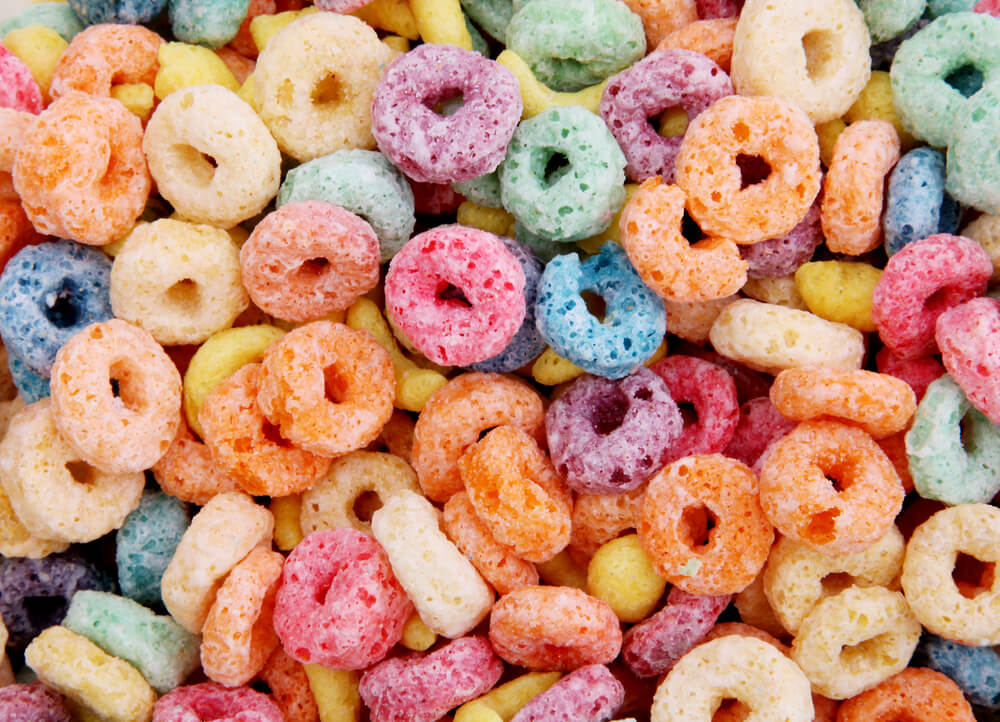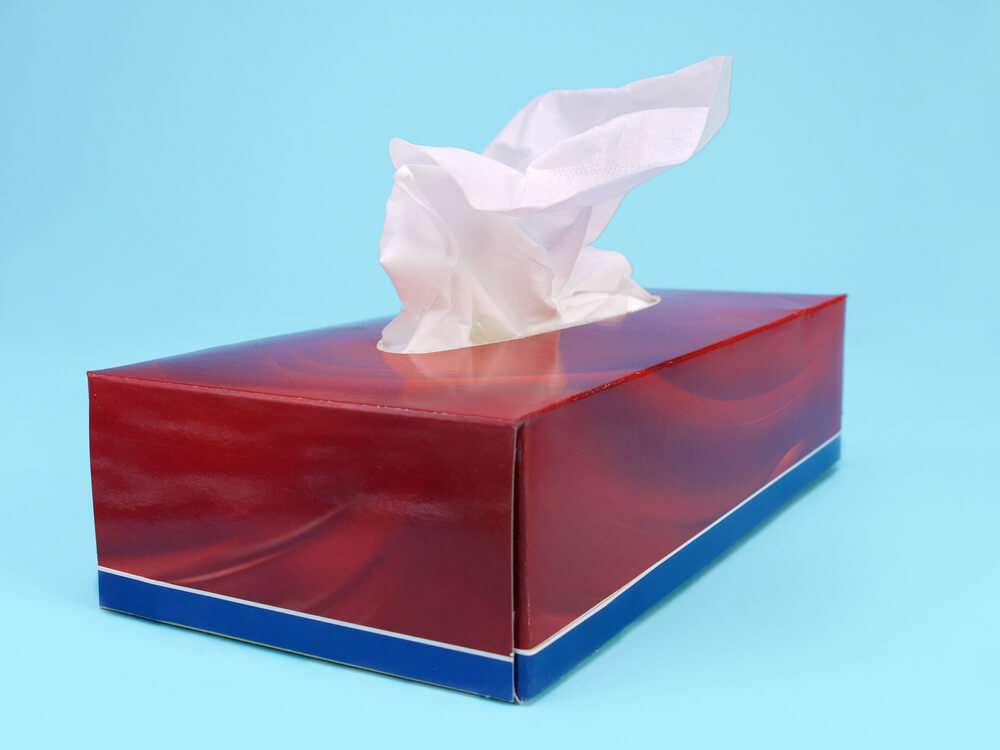The 7 products we use are not as intended by their inventors.
Many products that we use every day were initially created with a completely different purpose and looked very different.

Фото: Depositphotos
Edition Muz4in.net collected a list of products whose creators did not even anticipate how they would use their product.
1. Cornflakes - a means to combat sexual urge
Before starting to create their own flakes, John and Will Kellogg kept the sanatorium. Americans came to them to cleanse their bodies and improve their health. The brothers were strict followers of the Seventh Day Adventist Church, so they had a peculiar idea of how this should be done.
John believed that any sex (even between lawful spouses) is dirty and harmful. The worst of all sins, according to John, was masturbation, which he called "onanism." To reduce natural sexuality, he decided to create cornflakes, because he believed that food without sugar and spices saves people from the madness of lust. John fed these flakes to his patients, believing that a faint taste would help suppress their sexual desires.
He also tried to sell his cereal as a cereal for breakfast - in the hope of raising a generation of children who are not interested in sex. People bought John's “flakes of abstinence” very badly until Will added sugar to them. This improved sales, but the brothers fell out.
2. Lucky charms - peanuts, which children love so much
The composition of flakes Lucky charms not always bright and colorful pieces of marshmallow. Their creation is associated with the name of one of the company's employees. General Mills John Holahana. He wanted to give the children a dish that, he was sure, they would love: peanuts floating in milk. For the sake of experiment, John sliced peanut nuts into circles and added them to a bowl of cereal. Cheerios. Delighted with the result, the next day he rushed to the office and insisted that this ingredient should be used for further production.
Company executives agreed with his idea, however, they decided that instead of peanuts they would add pieces of marshmallow in different shapes to the flakes. Lucky charms had a smashing success, but he was more associated with a beautiful, sweet marshmallow than with the idea of Holakhan.
3. Bubble film was intended for upholstery in luxury American homes
Bubble film was originally produced not as postal packaging, but as an accessory for elite homes - wallpaper that is easy to clean. It was invented in 1957. Alfred W. Fielding and Marc Chavanne sealed shower curtains, leaving air bubbles between them, and tried to sell the resulting “product” to wealthy people as soft wallpaper for walls. However, no one bought them; Americans did not want to see unaesthetic walls in their homes. Then Fielding and Shawan began trying to sell their creation as a film for greenhouses. It wasn't until the 1960s that bubble wrap finally found its way into packaging.
4. Your child's favorite drink was originally alcoholic
Many now popular drinks began their existence as fillers for alcoholic cocktails.
Mountain Dew, for example, was originally intended for breeding whiskey. When it was first produced, it was sold as a filler for making whiskey cocktails and had a slight malt flavor.
Sprite also initially sold as a very tart whiskey supplement.
5. Coca-Cola is a sexual agent of wine and cocaine.
Before becoming the most popular non-alcoholic beverage in the world, Coca-Cola was a drug created to combat opiate addiction. Her recipe was developed by John Pemberton, a pharmacist and soldier who was injured during the Civil War. Taking painkillers brought Pemberton to a severe form of morphine addiction, which he constantly struggled with. He had a breakthrough when he heard about a bold new way to heal the habit of opiates: a wine mixed with cocaine.
Pemberton tried to create his own wine-cocaine mixture. When the lab technician accidentally added some sparkling water to the drink, John, taking a sip, realized that this was it. For a well-known reason, everyone who tried a mixture of carbonated wine and cocaine, craved it even more. Pemberton began to sell his drink, advertising it as a medicine for almost all diseases, including as "the most wonderful stimulator of the genitals."
Changes in the legislation, in the end, forced Pemberton to remove wine and cocaine from the drink.
6. Kleenex - filters for gas masks

Фото: Depositphotos
Before getting your name Kleenex, paper napkins were just a new invention that could not be used for a long time. It was called “creped cellulose wool”, but it was not clear where and how it can be used.
When the First World War began, this question disappeared by itself. It became clear that the new product can be used in the manufacture of gas masks. Company Kimberly-Clark signed a contract with the American army and began to supply them with their napkins as a filtering material that protects American soldiers from mustard gas.
The war provided the company with a large market. Kimberly-Clark even began to sell excess paper as a dressing material for wounds. But when the war ended, I had to invent another use for the new material. So there were napkins Kleenexwhich were sold as a makeup remover and makeup remover. Over time, the range of their use has expanded, and today Kleenex used for different purposes.
7. Tampons are ideal for stopping bleeding from gunshot wounds.
Women were not always the only half of humanity using tampons. Tampons always went hand in hand with military medicine. In the 18th century, medical books recommended that you always carry tampons as a means of first aid for bullet wounds.
Since the beginning of the Second World War, the company Tampax began to produce dressings for the army. She supplied ordinary bandages, not feminine hygiene items, but this does not mean that men did not use her main products. There are reliable records of soldiers saying that they used tampons to stop bleeding from wounds.
Read also on ForumDaily:
Personal experience: how much is life in Alabama
10 things that are no longer affordable for the middle class in the US
Subscribe to ForumDaily on Google NewsDo you want more important and interesting news about life in the USA and immigration to America? — support us donate! Also subscribe to our page Facebook. Select the “Priority in display” option and read us first. Also, don't forget to subscribe to our РєР ° РЅР ° Р »РІ Telegram and Instagram- there is a lot of interesting things there. And join thousands of readers ForumDaily New York — there you will find a lot of interesting and positive information about life in the metropolis.











